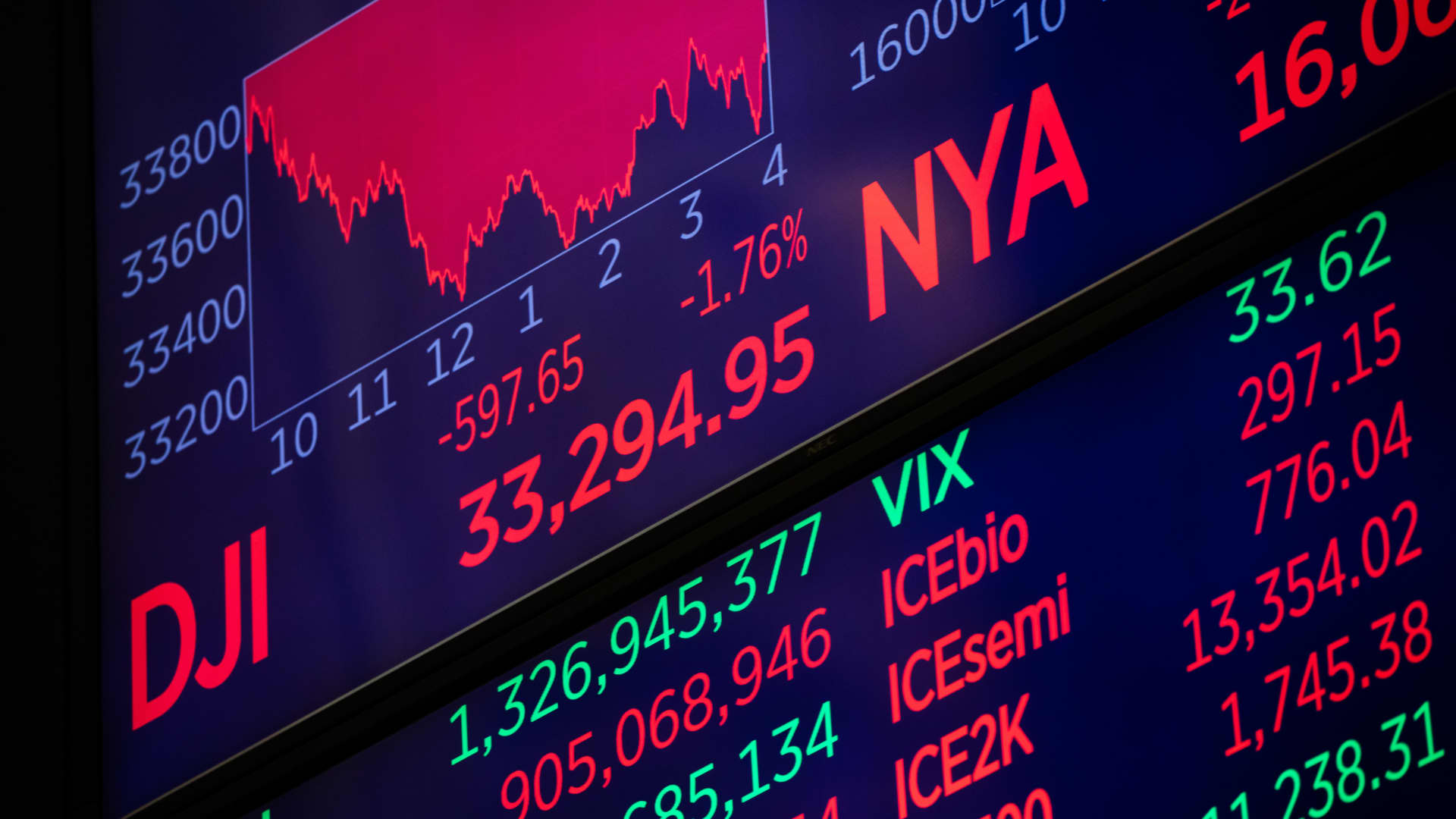Here’s what happens to the Dow after a 13-day winning streak, according to history

The Dow Jones Industrial Average closed higher for 13 consecutive days this week, notching its longest winning streak since 1987. The 13th positive session on Wednesday came as the 30-stock index added 82.05 points, or 0.23%, to close at 35,520.12. Stocks have pushed higher, as traders weigh a barrage of earnings reports from corporate America. Second-quarter earnings from Boeing, one of the most significant components of the Dow, added to the positivity, given the company’s expectation-busting results after a pickup in commercial aircraft deliveries. Analysis of data from FactSet shows that the Dow Jones index has had 15 winning streaks of 10 or more consecutive days since 1929. Only four such rallies were sustained for 12 days, including the current rally. The longest winning stretch was set at 13 days in 1987. However, if the index rises for 14 straight days on Thursday, it will match the longest streak ever going back to June 1897. That was roughly one year after the Dow was created in May 1896. CNBC Pro also crunched the numbers for investors who are nervous over the aftermath of stocks reaching giddy heights. In the week after In the week following 10 or more consecutive days of gains, stocks have previously held on to their profits, staying flat on average. Hiding in the averages is the fact that stocks fell just under 60% of the time previously. On average, investors lost 0.96% when the rally lost steam. When stocks continued rallying, they went up by another 1.3% in the week after breaking their non-stop rally. The 13-day rally starting on Jan. 2, 1987 stands out as stocks rose by 2.2% in the week following that rally. Conversely, investors were nursing a 2.9% loss in the week following the 10-day rally of July 16, 1973. In the month after On average, stocks rose just under 60% of the time in the month after a 10-day winning streak. The chart below shows that the 1987 and 1973 rallies again stood out as the biggest winners and losers. When stocks went up, they yielded 2% on average. However, when stocks gave up their gains, they fell by 2.89% in the month after a long rally. In the quarter after The Dow Jones had a positive quarter after a 10-day streak of gains 70% of the time. When stocks went up, they returned 5% on average. When the index declined, it fell by 4% on average. Investors gained 10.6% – the most – in the quarter after the 10-day rally starting on Nov. 4, 1996. Why has the Dow risen for 13 consecutive sessions? There are several reasons for the Dow’s streak, but none may be bigger than recession fears easing. “So far, there’s no evidence of a recession. So as long as there’s no evidence of recession … I think the market will probably continue to melt up; people are chasing,” Steve Eisman, senior portfolio manager at Neuberger Berman, told CNBC’s “Squawk Box” earlier this week . Eisman rose to prominence for profiting from the subprime mortgage crisis. He was profiled in Michael Lewis’ book “The Big Short.” Recession fears are softening in large part due to data showing inflation is coming down. In turn, traders are betting the Fed will stop hiking interest rates, which have been restraining the economy’s potential. Federal Reserve Chief Jerome Powell hinted Wednesday that the central bank could hold rates steady at its next meeting in September, following the latest hike. — CNBC’s Fred Imbert contributed to this report.









